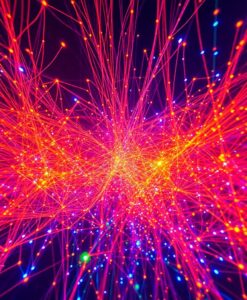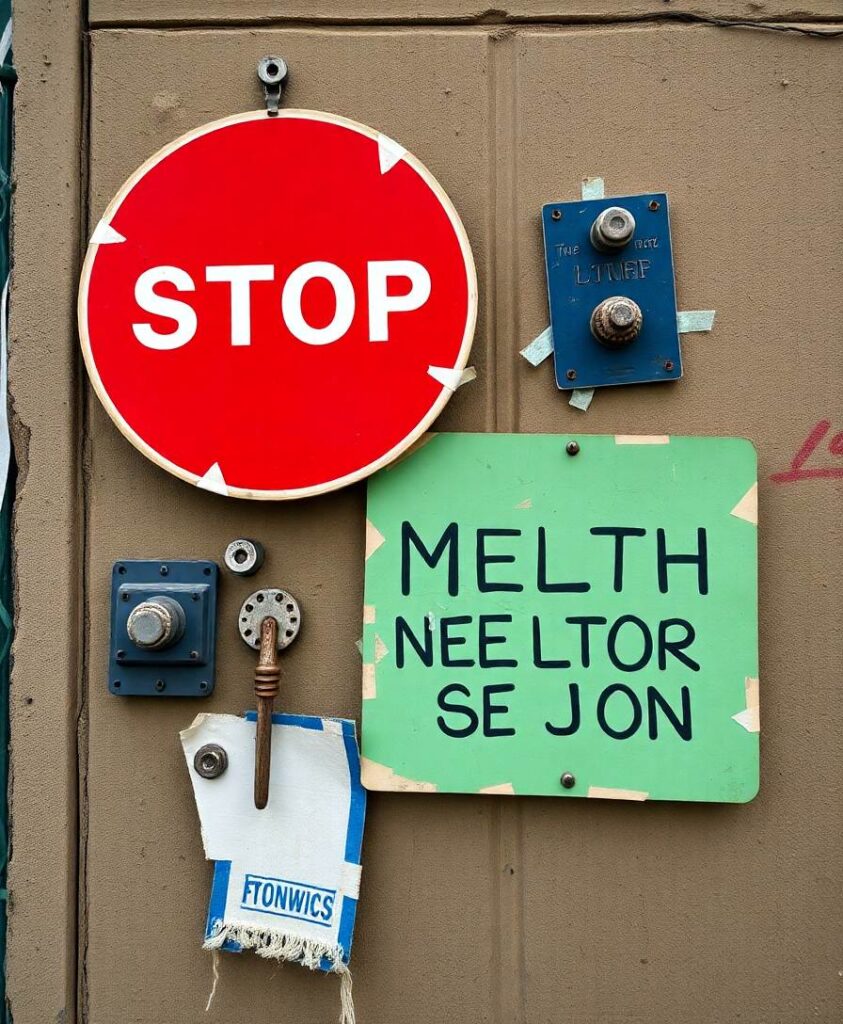The work stands on clear experimental ground. The model’s predictions are tested across two studies, including a preregistered replication that checks whether results hold up under a fresh sample and tightened tests. That focus on reproducibility matters because debates about political information are noisy and emotionally charged. By translating intuitive ideas about trust into a Bayesian framework, the research gives readers a tool for predicting when testimony will persuade and when it will be dismissed.

For anyone interested in how societies process contested facts, this model points toward practical questions about design and education. Could newsrooms, platforms, or classrooms present signals about bias and expertise in ways that help people learn more accurately? The article opens paths for those experiments and invites readers to consider implications for civic life, information access, and inclusion. Follow the full paper to see how the model works and what it suggests about building healthier public information environments.
Abstract
Perceptions of source credibility may play a role in major societal challenges like political polarization and the spread of misinformation as citizens disagree over which sources of political information are credible and sometimes trust untrustworthy sources. Cognitive scientists have developed Bayesian Network models of how people integrate perceptions of source credibility when learning from information provided by sources, but these models do not involve the crucial source characteristic in politics: bias. Biased sources make claims that align with a particular political agenda, whether or not they are true. We present a novel Bayesian Network model which integrates perceptions of a source’s bias as well as their expertise. We demonstrate the model’s validity for predicting how people will update beliefs and perceptions of bias and expertise in response to testimony across two studies, the second being a preregistered conceptual replication and extension of the first.


